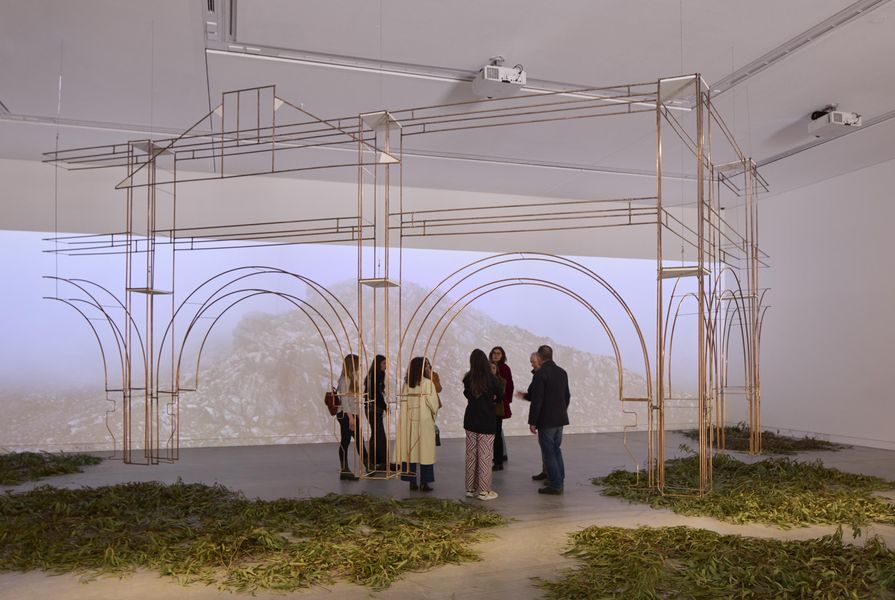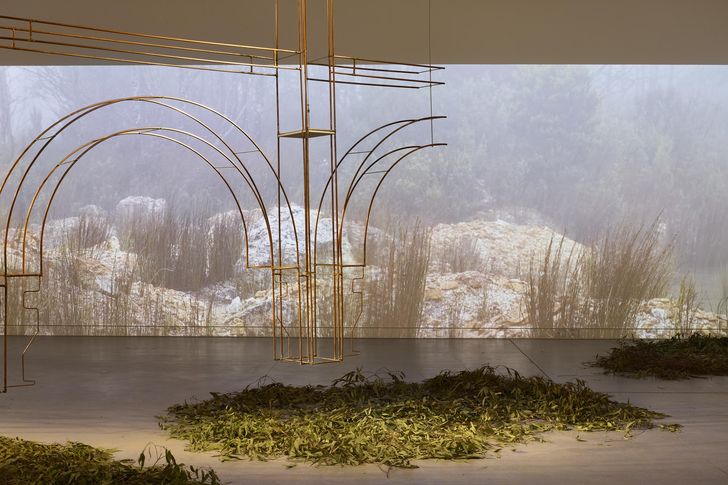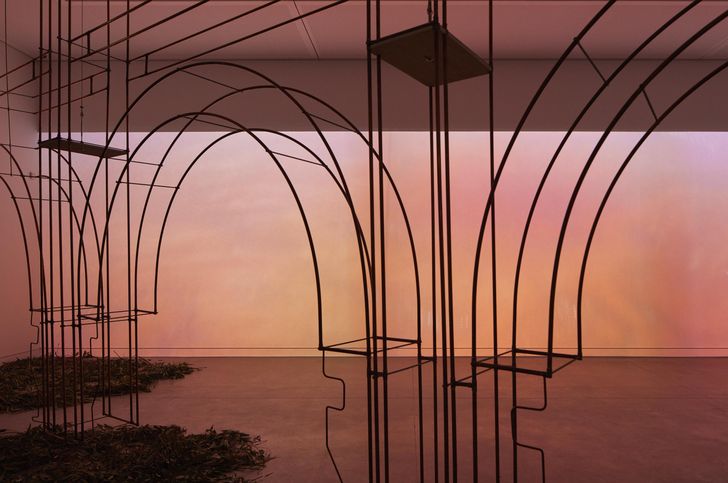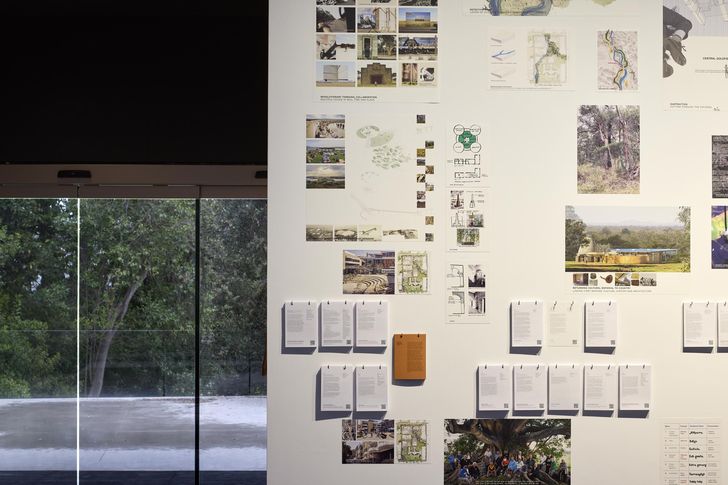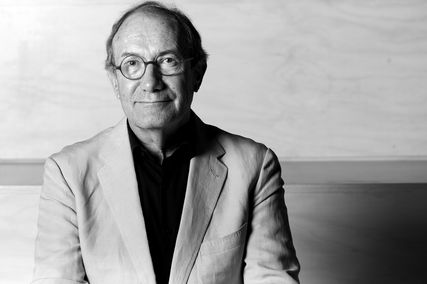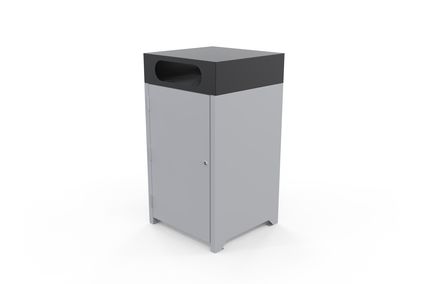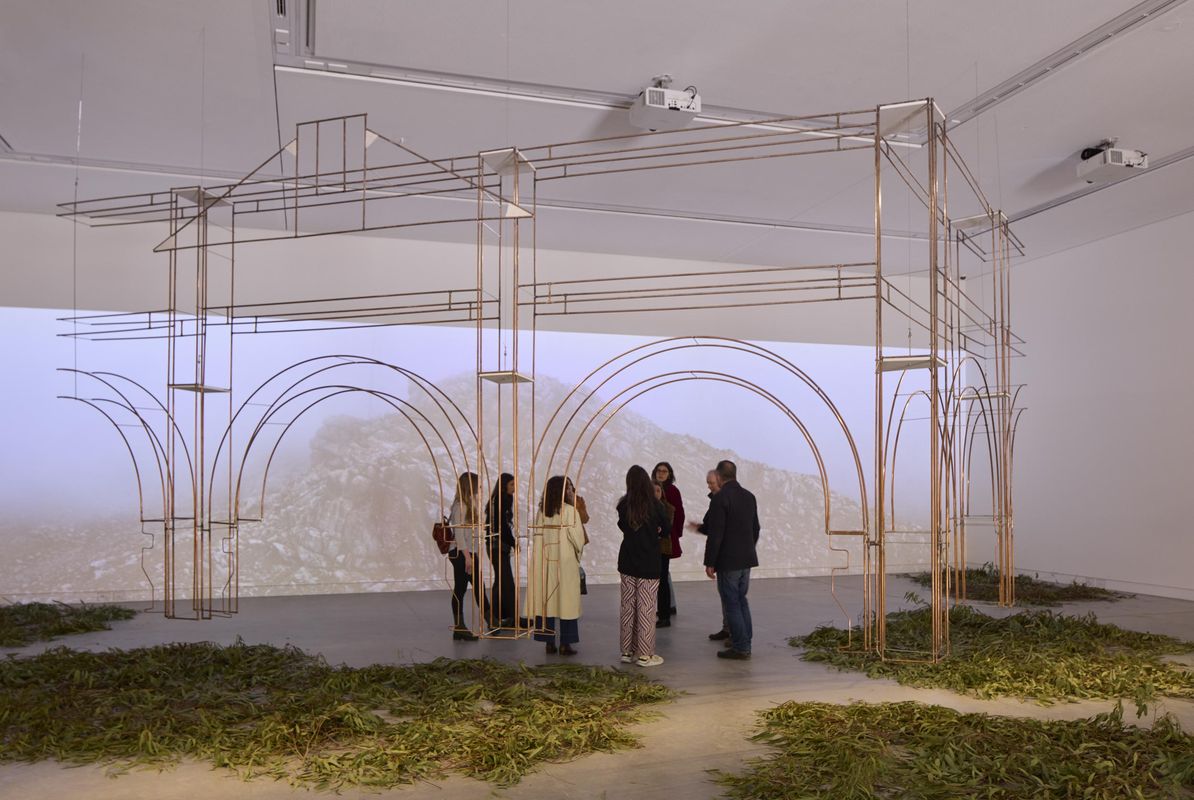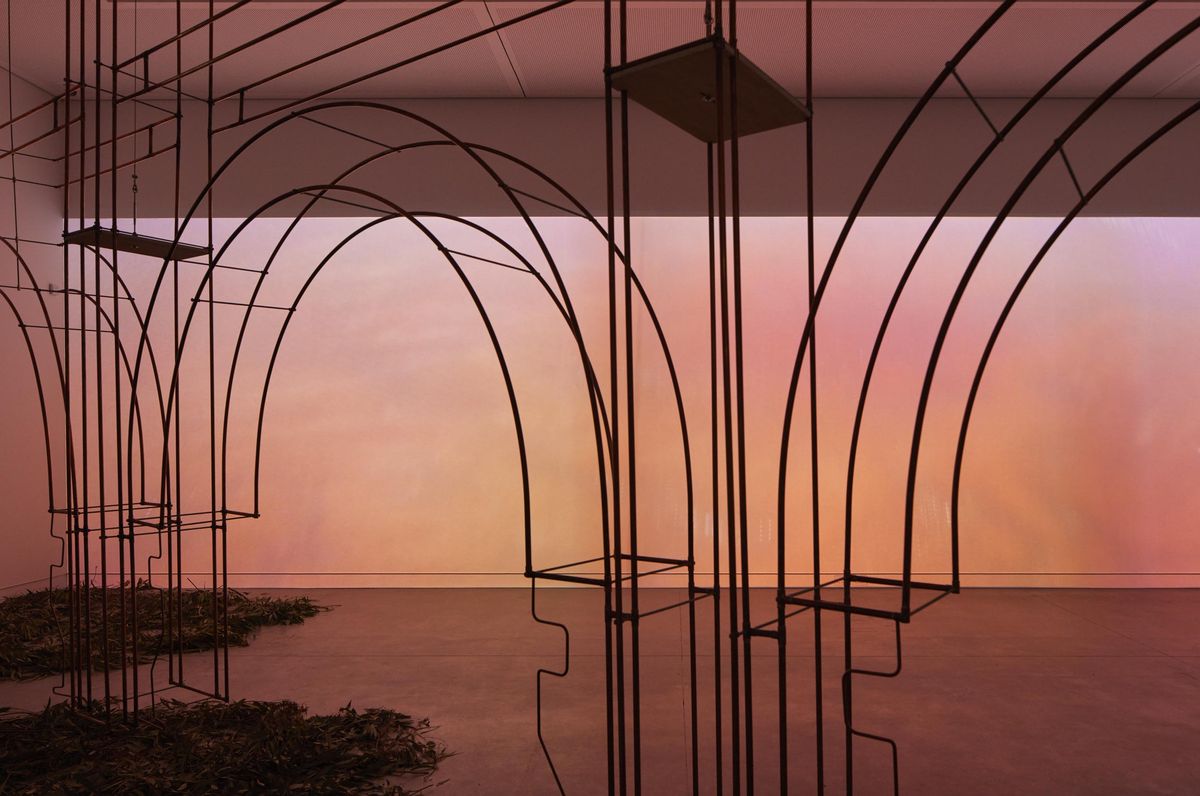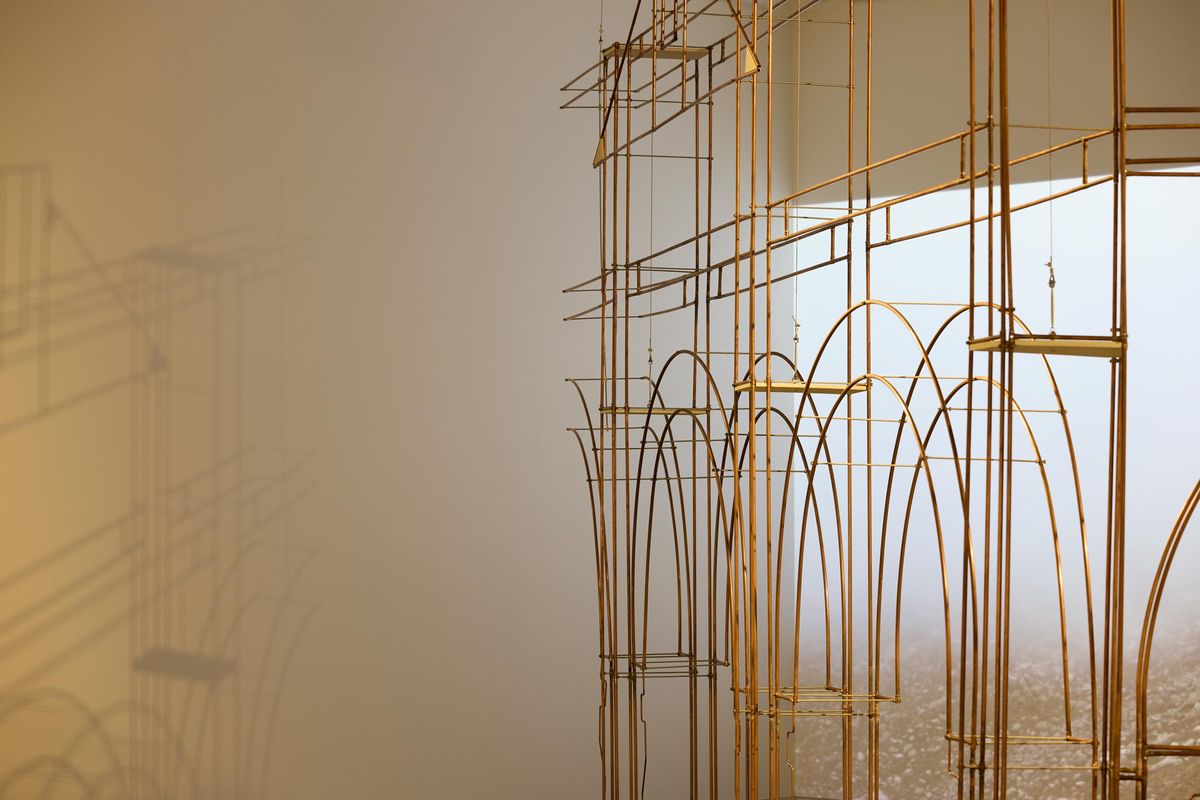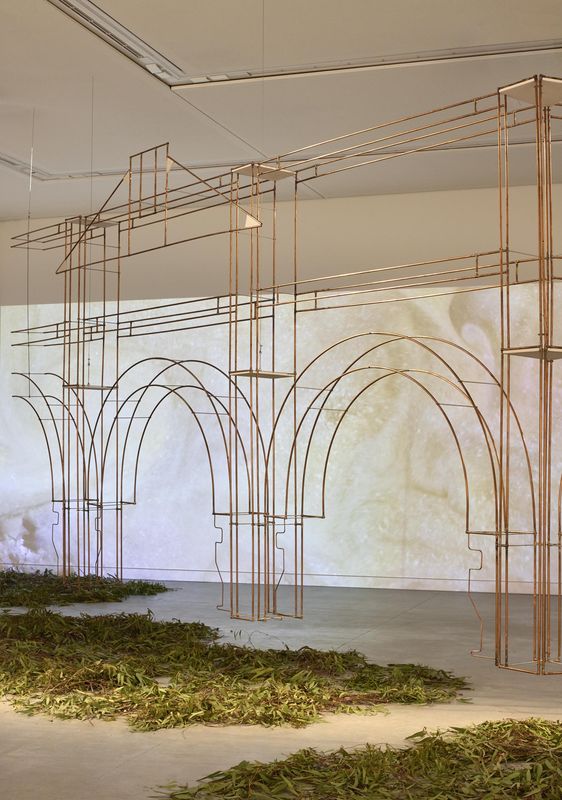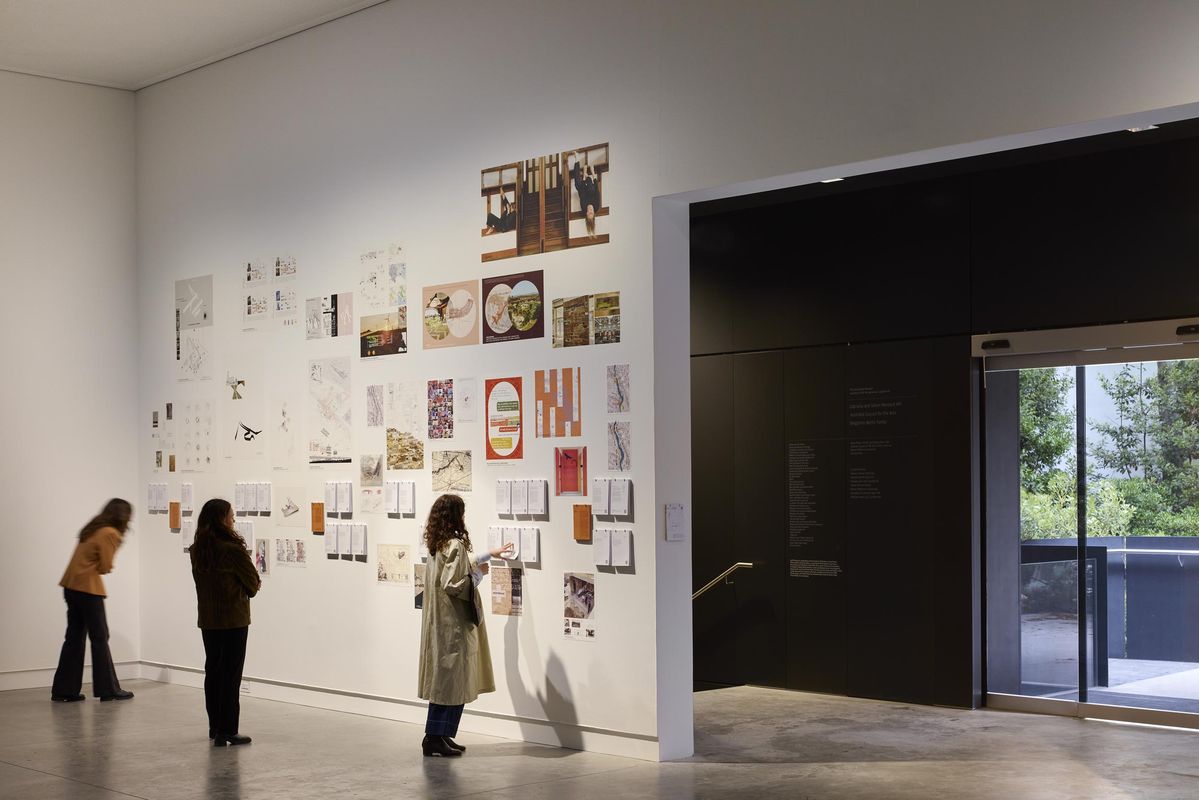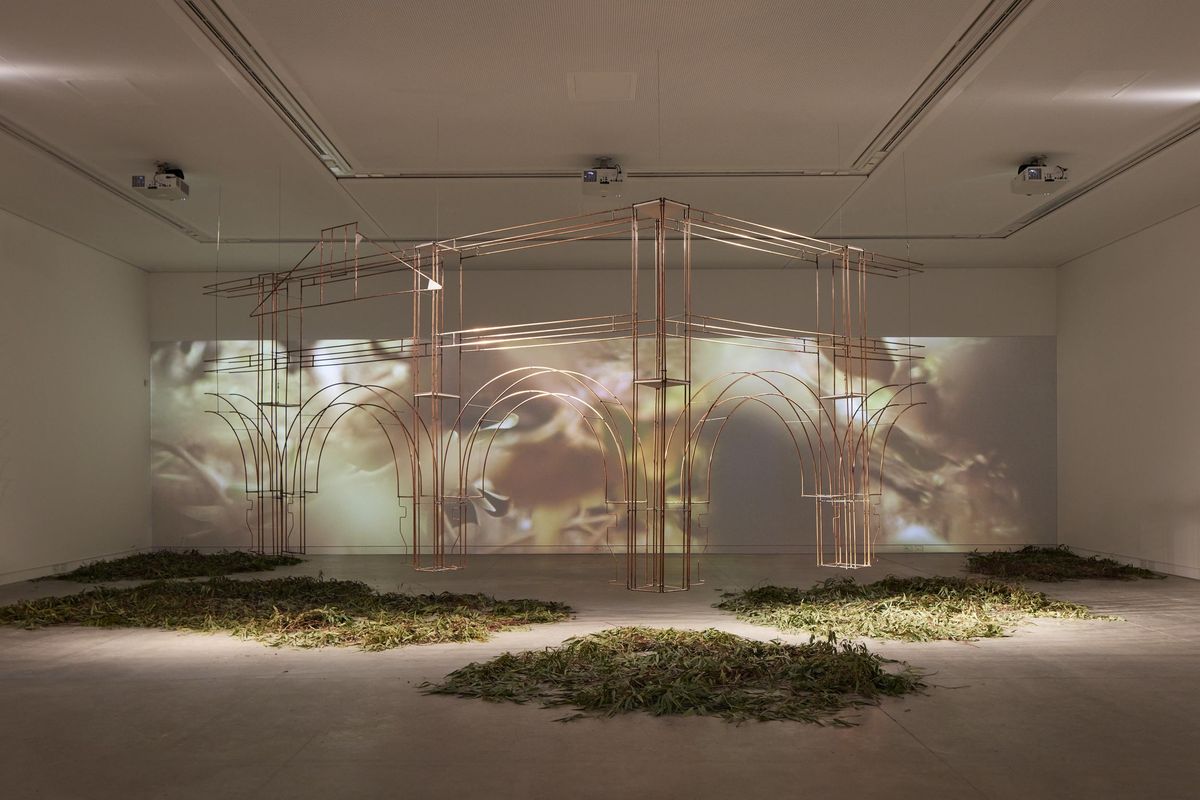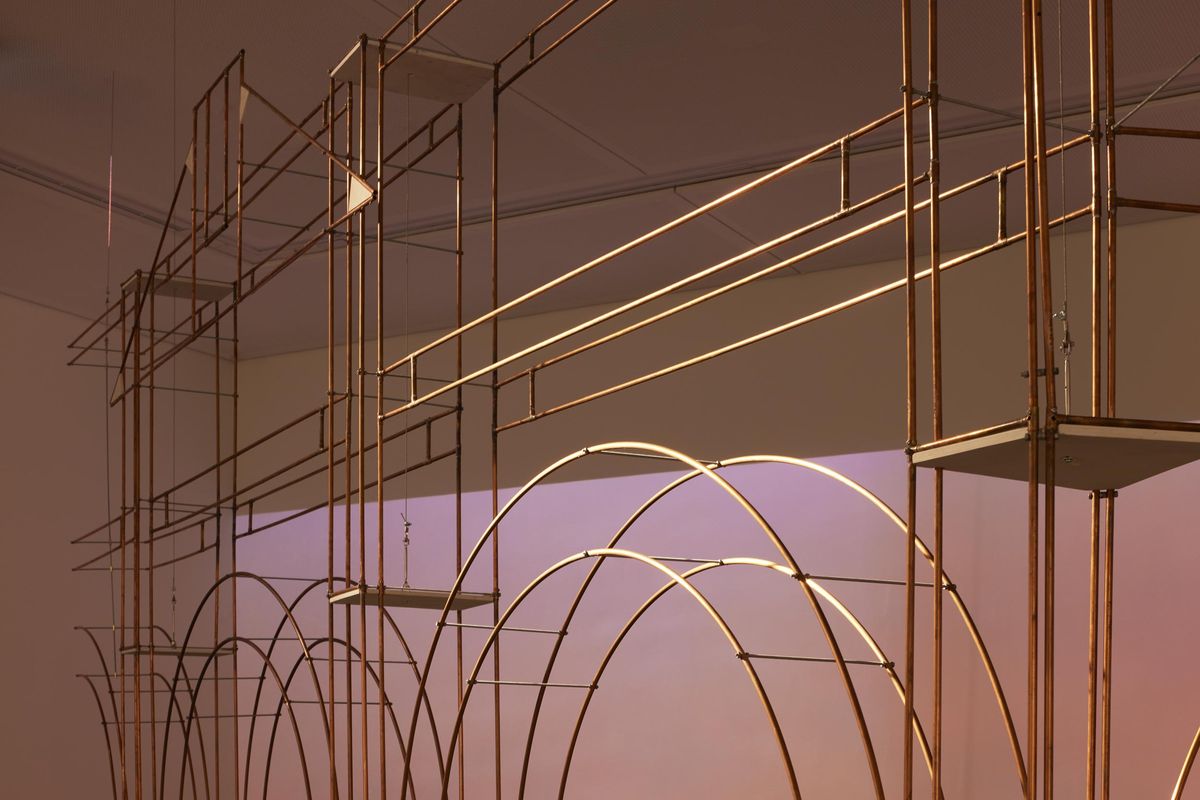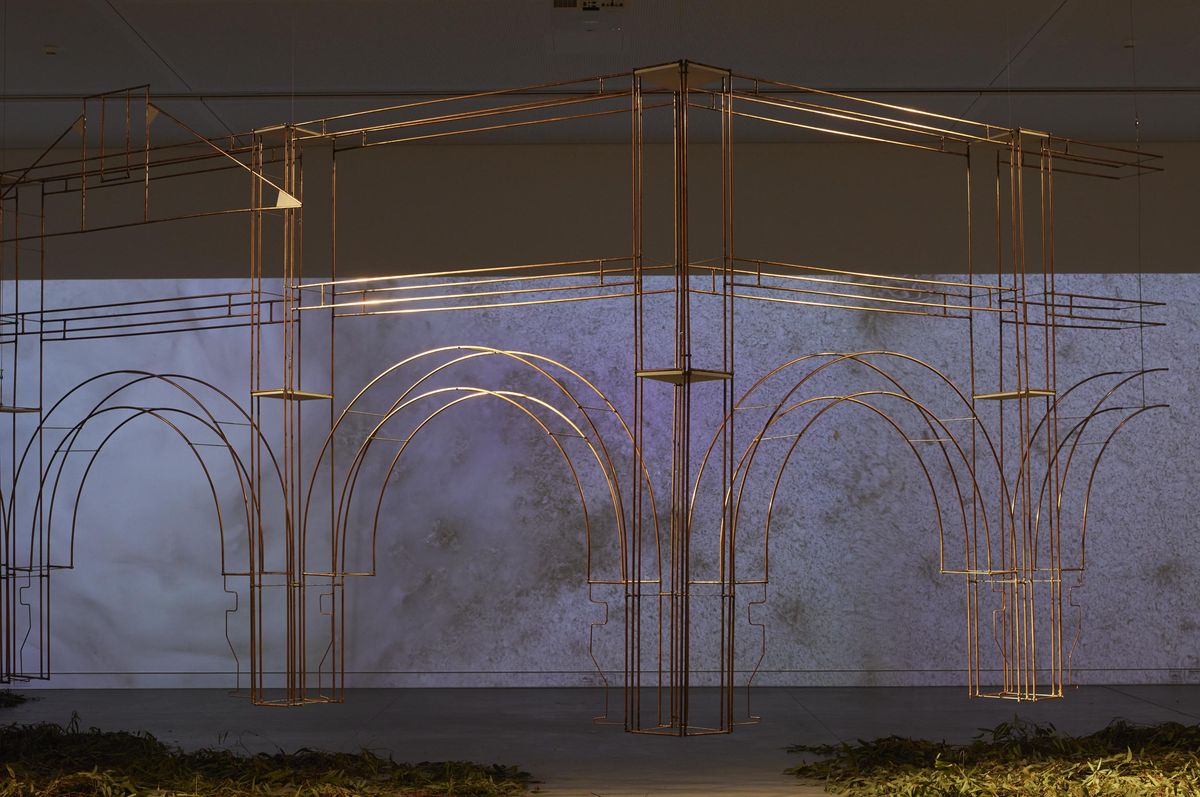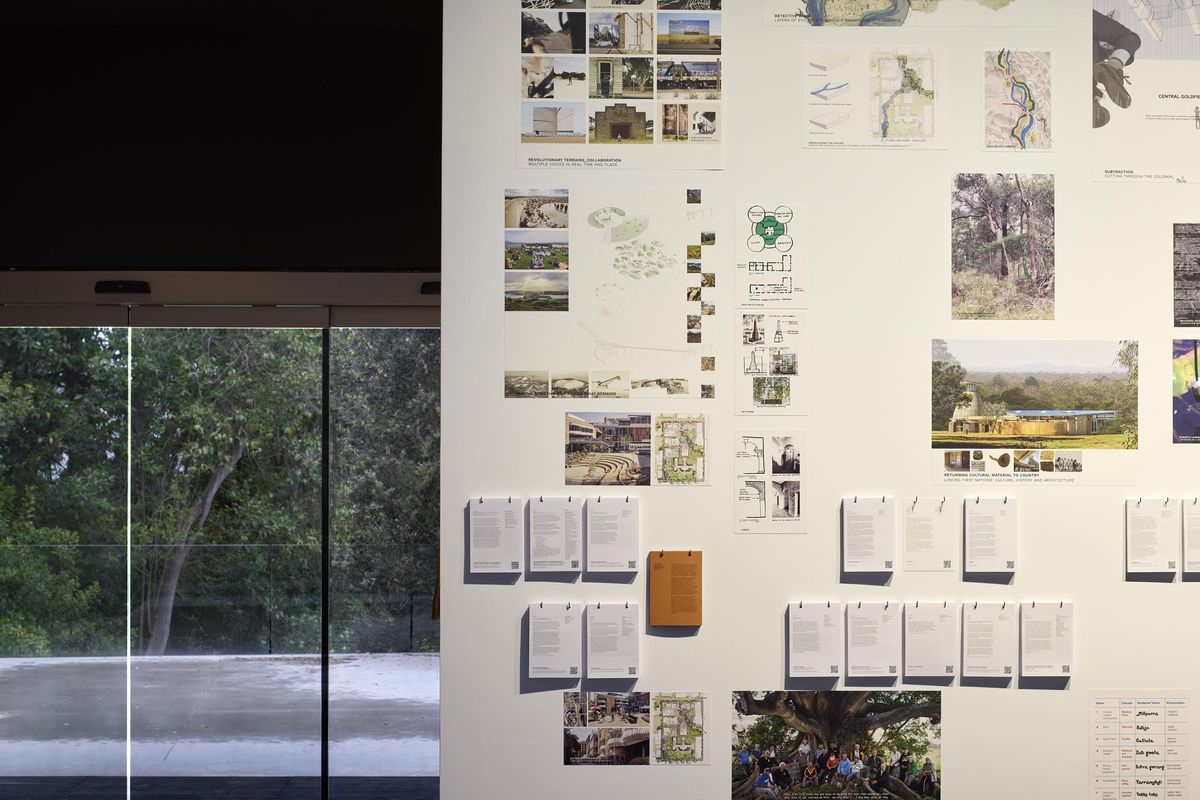Too often, architecture exhibitions at the Australia Pavilion have used the presentation mode of the survey, providing an assembly (or “loose assemblage”) of diverse and relevant projects, but with little scope for in-depth presentation or explication: the many rather than the singular; the scan rather than the focus; the generously democratic rather than an acute, if selective, investigation.
The Australia Pavilion exhibition for the Venice Architecture Biennale of 2023 is – to its benefit and detriment – a hybrid of this continuing survey impulse. Its stated thematic proudly announces an “unsettling” of “Queenstown” (the Queenstowns of Tasmania and South Australia). Curated and developed by the multivalent creative directorship of Ali Gumillya Baker, Anthony Coupe, Emily Paech, Sarah Rhodes and Julian Worrall, the project exploits the distinct and different practices of its directors.
Prefaced in Melbourne in March 2023, the project seemed emboldened to tell stories of extractive processes leaving scarred and degraded landscapes and social environments, of colonial excesses in the name of progress and elite civilizations: “A place both specific and typical, there are Queenstowns all over the world, reflecting the global reach of British colonialism and the impact of its pattern of relations to land, nature and people.” The aspirations of “unsettling Queenstown” were well aligned to the ethos proposed by Venice Architecture Biennale curator Lesley Lokko. This was not to be an exhibition of architectonic inventiveness or spatial exploration (a critique voiced by many, suggesting that this and recent biennales have been less about architecture and more about social, environmental and political consciousness-raising).
The model frames images of landscapes on the walls.
Image: Tom Roe
Anxious to better understand and gain access to these stark, disturbed, even “unsettled” social environments and material landscapes of Queenstown, I was expecting a provocative, confounding/confronting encounter, bearing witness to a past born of greed and impulses of domination, perhaps countered by a transformative future seeking some form of redemption – or recovery. Not referencing my own expectations, the substantive issue here is the less than successful deployment of this “loose assemblage.” I propose that the consequence of this assemblage (loose or otherwise) allows the focus, the power, the provocation of the narrative on both Queenstowns to be deflected, to dissipate before its objective is achieved. It establishes, within the Denton Corker Marshall-designed Australia Pavilion, a layering of distinct experiences, between and against the five foci of the “opera aperta” of the creative directors: Immersive Wall, Belvedere Ghost, Voices, Country De Mapped, Open Archive.
I expected the well-produced, two-part Immersive Wall (video) would offer me a documentary tableau, or an emotive call-to-arms, or an insightful proposition of future actions (take your pick), directed to the two Queenstowns. I am left instead with a compelling and elegant visual sensibility that nonetheless keeps me asking for more of these unsettling stories to be filled in.
Donning the headphones of the Voices component, I hear a deeper, more connective narrative emerging, as personal stories and reminiscences give anecdotal flesh to the histories of our Queenstowns, laying bare the political, social and racial complexities of the past, present and future Queenstowns. Bitter divides between Greens and loggers, despair or appreciation of the horror/beauty over a de-natured landscape, the acknowledgement of ancient knowledges for recovery or litanies of racial dispossession and racism itself. These are compelling evocations, and I look across to the videos, noting linkages and vocal captioning to the images, references and voiced elucidations.
Another view of the Australian exhibition at the 2023 Venice Architecture Biennale.
Image: Tom Roe
But I still don’t “see” either Queenstown. Nor do I comprehend the scale, the extent, the physical manifestation of the subject of the exhibition. There are no drawings, plans, sections, or aerial or ground-level photos to provide the architectural notations needed to both encounter and confront the conditions – albeit that these architectural tropes never tell the whole story of these human disruptions.
Between the Immersive Wall (full ahead and on the far wall as you enter) and the Voices benches to the left stands the graceful three-dimensional frame of the Belvedere Ghost. A suspended multiple-arch abstracted from the Empire Hotel of Queenstown, Tasmania, this copper-tube armature hovers over collected piles of slowly drying and decaying leaves, framing entry points between foreground and background, inside and outside the ghosted hotel. This thin-line, ephemeral belvedere is seductive and sculptural, and it fills the space of the gallery. But does it propel the story of the Queenstowns? Does it elucidate, explicate, insinuate deeper stories or fresh activations? Does its material elegance override the sordid social hierarchies, wealth and poverty it most likely stood to proclaim in the year of Federation? Maybe its unsettling ambivalence is its legacy.
I can’t say much about the Country De Mapped component, in that as far as I can remember, these were solely the two side benches (left and right upon entry).
The unforeseen component of the Unsettling Queenstown assemblage is the Open Archive. Literally as well as figuratively unforeseen, the Open Archive is exhibited on the wall that one passes through to enter the gallery and is therefore behind you upon entry. Figuratively, I didn’t remember this being described at the presentation back in March. This component is itself unsettling, becoming an assemblage within the assemblage.
Another view of the Australian exhibition at the 2023 Venice Architecture Biennale.
Image: Tom Roe
Open Archive is a “survey” of Australian architecture, based on: “condensed nuggets of architectural intelligence responding to the challenge of decolonization in architecture.” A worthy topic and issue indeed, and fully in alignment with La Biennale of 2023. But still a “survey” – so beloved of the Australia Pavilions.
Many of the projects shown are by intelligent, creative practices, with a commendable bias to younger, emerging practices. Some projects are powerful, some are very thoughtful, a few are thought-provoking. But the drawings, images and text are too small to interrogate and appreciate. They range too high on the wall. They are condensed and synthesized to the point of being synoptic rather than being elaborated. The sure sign of a survey is when the pursuit of quantity (to provide diversity and inclusivity) overwhelms the in-depth exposition of the few.
This component, when diligently reviewed, means I also turn my back on the Queenstowns. Literally – as the impact of the video, the mid-ground of the ghosted belvedere and the voices playing unlistened to are all behind me now. And figuratively – as these diverse, multiple “tactics of decolonization” draw my alternating, ever-fleeting attention away from the Queenstowns.
A closer view of the Australian exhibition at the 2023 Venice Architecture Biennale.
Image: Tom Roe
Simply put: I would prefer one or the other. The immersive, seductive, full-body experience of these degraded (but informative) Queenstowns, in their full glory and shock. Or the comprehensive, detailed, immersive survey, if survey it must be. Something that would allow these tactics/projects (hopefully, significantly fewer than 65) to fully explore and imagine the possibility of the decolonization of an Australia in its second century of Federation, by means of architectural tactics, but also by form, material, order and organization, as well as processes and ways of working.
I do, however, draw attention to the creative directors’ six accompanying texts in orange, which provide tranches of investigation and research, displayed from left to right on the Open Archive wall: Context, Country, Listening, Relationality, Narrative, Temporality. The texts are articulate and convey deep associations, resonances and food for thought. They are stimulating as points of reflection. If only their content and propositions were more evident within the Queenstowns and/or the Open Archive components of the assemblage.
I maintain a lingering dissatisfaction with how architecture and architects attempt to create meaningful public exhibitions, particularly at the scale of visibility and attention as the Venice Architecture Biennale. Every two years, we see this disconnect between worthy subjects and content, and modes of presentation that are inadequate for making the work as impactful in its presence as its mandate. It is the fate of many national pavilions (not just Australia’s), and of other curated displays. Maybe, just maybe, something beyond the survey awaits.
— Founder and director of Lab Architecture Studio, Donald Bates is the chair of architectural design at the Melbourne School of Design, University of Melbourne. He has been widely published, taught across six continents and sat on numerous juries for international architecture prizes.

